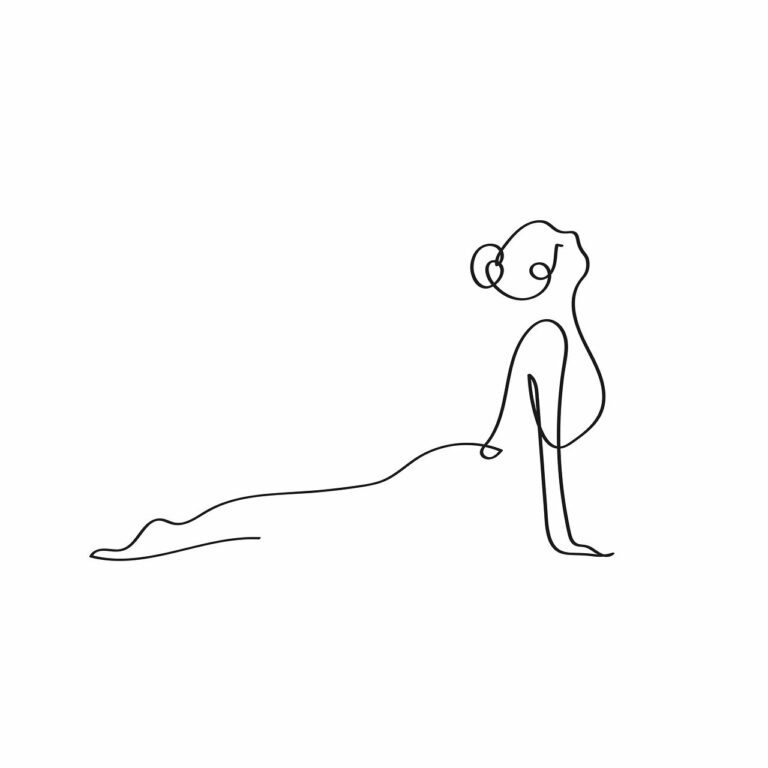Best Practices for Managing Heel Spurs
11xplay online, diamondexch9.com register, skyexchange:Managing heel spurs can be a painful and frustrating experience for many individuals. These bony growths on the heel bone can cause discomfort and make it difficult to walk or stand for extended periods. Fortunately, there are several best practices that can help manage heel spurs and alleviate symptoms. In this article, we will discuss some effective strategies for dealing with heel spurs and improving your overall quality of life.
Understanding Heel Spurs
Before we dive into the best practices for managing heel spurs, let’s take a moment to understand what they are and how they develop. Heel spurs are calcium deposits that build up on the underside of the heel bone over time. They often develop in response to inflammation and irritation of the ligaments and tendons that attach to the heel bone. This can be caused by repetitive stress or strain on the foot, such as from running or standing for long periods.
Heel spurs can be a source of intense pain and discomfort, especially when walking or standing. They can also lead to other foot problems, such as plantar fasciitis, if left untreated. Fortunately, there are several ways to manage heel spurs and improve your overall foot health.
Best Practices for Managing Heel Spurs
1. Wear supportive footwear: Proper footwear is crucial for managing heel spurs. Look for shoes with good arch support and cushioning to help reduce pressure on the heel bone. Avoid wearing high heels or shoes with thin soles, as these can exacerbate heel pain.
2. Use orthotic inserts: Orthotic inserts can provide additional support and cushioning for your feet, helping to alleviate heel pain. Custom orthotics are tailored to your specific foot shape and can be particularly effective in managing heel spurs.
3. Stretch regularly: Stretching exercises can help improve flexibility in the muscles and ligaments around the heel, reducing tension and pressure on the heel bone. Focus on stretching the calf muscles, Achilles tendon, and plantar fascia to help relieve heel spur pain.
4. Ice therapy: Applying ice to the affected area can help reduce inflammation and numb the pain associated with heel spurs. Use an ice pack for 15-20 minutes at a time, several times a day, to help alleviate symptoms.
5. Rest and elevate: Resting the affected foot and elevating it above heart level can help reduce swelling and alleviate pain. Avoid activities that exacerbate heel spur pain, such as running or standing for long periods, and give your feet time to heal.
6. Take anti-inflammatory medication: Over-the-counter anti-inflammatory medications, such as ibuprofen or naproxen, can help reduce pain and inflammation associated with heel spurs. Consult with your doctor before starting any new medication regimen.
7. Physical therapy: Physical therapy can help improve strength and flexibility in the feet and ankles, reducing the likelihood of heel spur pain. A physical therapist can recommend exercises and stretches tailored to your specific needs.
8. Shockwave therapy: Shockwave therapy is a non-invasive treatment option that uses high-energy sound waves to stimulate healing in the affected area. This can help reduce pain and inflammation associated with heel spurs.
9. Corticosteroid injections: In some cases, corticosteroid injections may be recommended to help reduce inflammation and alleviate pain associated with heel spurs. These injections should be administered by a healthcare professional.
10. Surgery: In severe cases where conservative treatments have not been effective, surgery may be necessary to remove the heel spur. This is typically considered a last resort and should be discussed with a doctor.
FAQs
Q: Are heel spurs the same as plantar fasciitis?
A: While heel spurs and plantar fasciitis are closely related, they are not the same condition. Heel spurs are bony growths on the heel bone, while plantar fasciitis is inflammation of the plantar fascia, the band of tissue that connects the heel bone to the toes. However, heel spurs can develop in response to plantar fasciitis.
Q: Can heel spurs go away on their own?
A: Heel spurs are typically a chronic condition that may not go away on their own. However, with proper treatment and management, symptoms can be alleviated and the progression of the condition can be slowed.
Q: Can I still exercise with heel spurs?
A: It is important to consult with a healthcare professional before engaging in any exercise with heel spurs. Low-impact activities, such as swimming or cycling, may be better tolerated than high-impact activities like running or jumping.
In conclusion, managing heel spurs can be a challenging process, but with the right approach, it is possible to alleviate symptoms and improve your overall foot health. By following these best practices and working with healthcare professionals, you can effectively manage heel spurs and get back to enjoying an active lifestyle. Remember to listen to your body, rest when needed, and prioritize your foot health to prevent further issues down the road.






